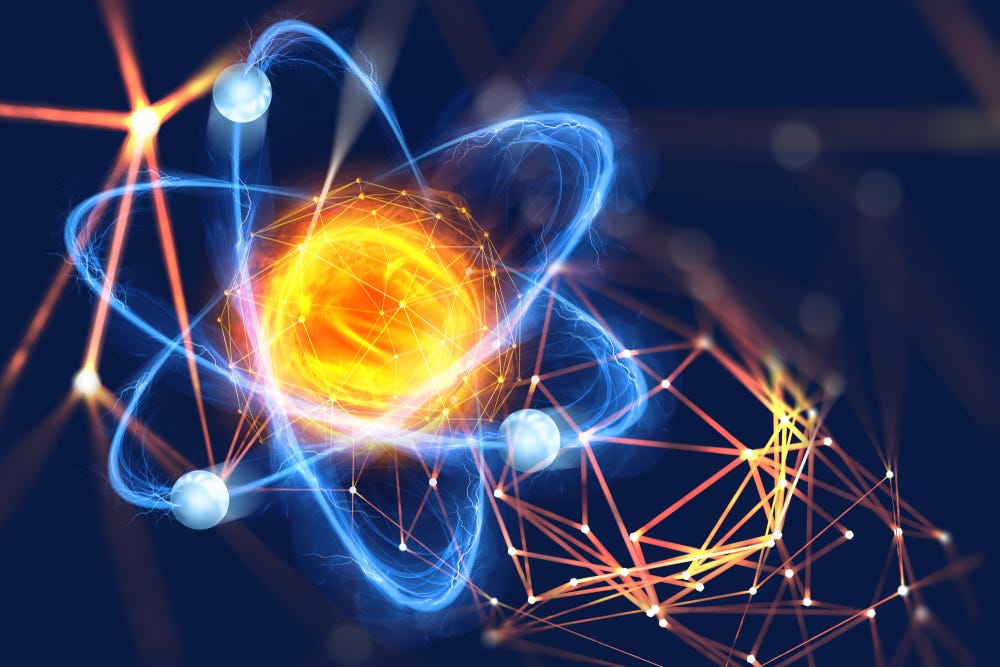DeFi: The Innovation of Configurable Execution
DeFi is the future of finance. Many innovative technologies such as atomic transactions, data oracles, tokenization of real world assets and automated market makers or AMM to name a few have turned the field of financial engineering on its head.
Before we get into some of these innovations, I want to be clear that there is a distinction between the crypto asset class and blockchain technologies that make these networks run.
In other words, there is nothing to prevent a regulated decentralized exchange or DEX to solely trade traditional equity, debt, commodity and forex products instead of digital assets. In fact, over the course of the next 5 - 10 years these cutting-edge blockchain trading technologies will be ubiquitous in traditional markets.
DeFi may seem awkward at first for many traditional market participants but the benefits outweigh the initial learning curve. One of those innovative concepts is atomic transaction which simply means that if any part of the transaction fails its requirements the whole transaction will fail. Atomicity is a general feature of virtually every blockchain.
However in the case of DeFi trading atomic transactions provide a unique innovation in trading technology because one could package a transaction that will only succeed if it meets all the requirements for a particular trade.
This may sound like voodoo trickery to many readers who are not accustomed to the wacky world of cryptocurrencies. However, atomicity is not a new concept. In fact, atomicity is a basic feature of any database systems that undergird most of the applications we use on a daily basis. This should be of no surprise because one of the components of a blockchain network is its special database that formats and stores transaction data in blocks, then chains them together sequentially, hence the name blockchain.
To get a better grasp of the power of atomic transaction let's look at a simplified example of the life cycle of an arbitrage trade for both traditional markets and DeFi.
First, let’s say that a trader identifies a profitable arb between two highly correlated trading products, one trading in New York (well, more likely NJ but now we’re getting technical), the other in London. In order to take advantage of this trade we have to have two computers, one to execute in the US and the other in the UK. Since we’re trying to trade in two different market centers, we have to take latency into account. The packets containing the prices from London we’re seeing in the states have to be beamed from our UK computer to an access point on the coast, then under the Atlantic Ocean and eventually to our computer in the US. Likewise any order we send will take time to reach its destination.
This means that we can miss one or more sides to a trade, a situation known as getting hung. It's every auto-spreader’s nightmare because in the best case getting hung leads to bad fills. Middle case it can completely annihilate the profitability of a trade. Worst case you could go bankrupt because you totally missed a hedge.
In a similar arbitrage example on a blockchain network, both legs are either executed in a single transaction. Even though we might be trading on two or more different decentralized exchanges, from the POV of our transaction everything executes at once without any latency.
If any part of the transaction fails then the whole transaction will fail. This is possible because both exchanges are on the same blockchain network. I call this configurable execution because a trader can program very complex trading strategies on a blockchain network and each transaction will either fail or succeed with no risk for bad execution, assuming your code functions the way you think it will.
Configurable execution is one of those concepts that has emerged out of the rabbit-hole of crypto that will find its way in the future of TradFi. One of the most obvious benefits of atomic transactions is that it significantly reduces execution risk for the trader which is always a major concern for arbitrageurs.






